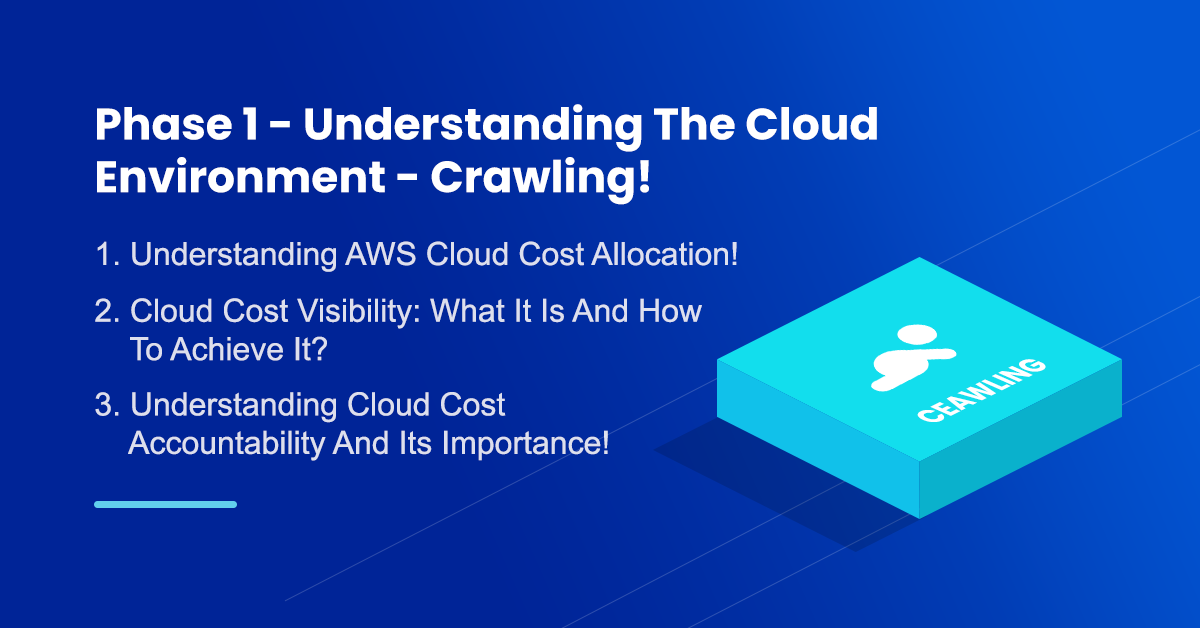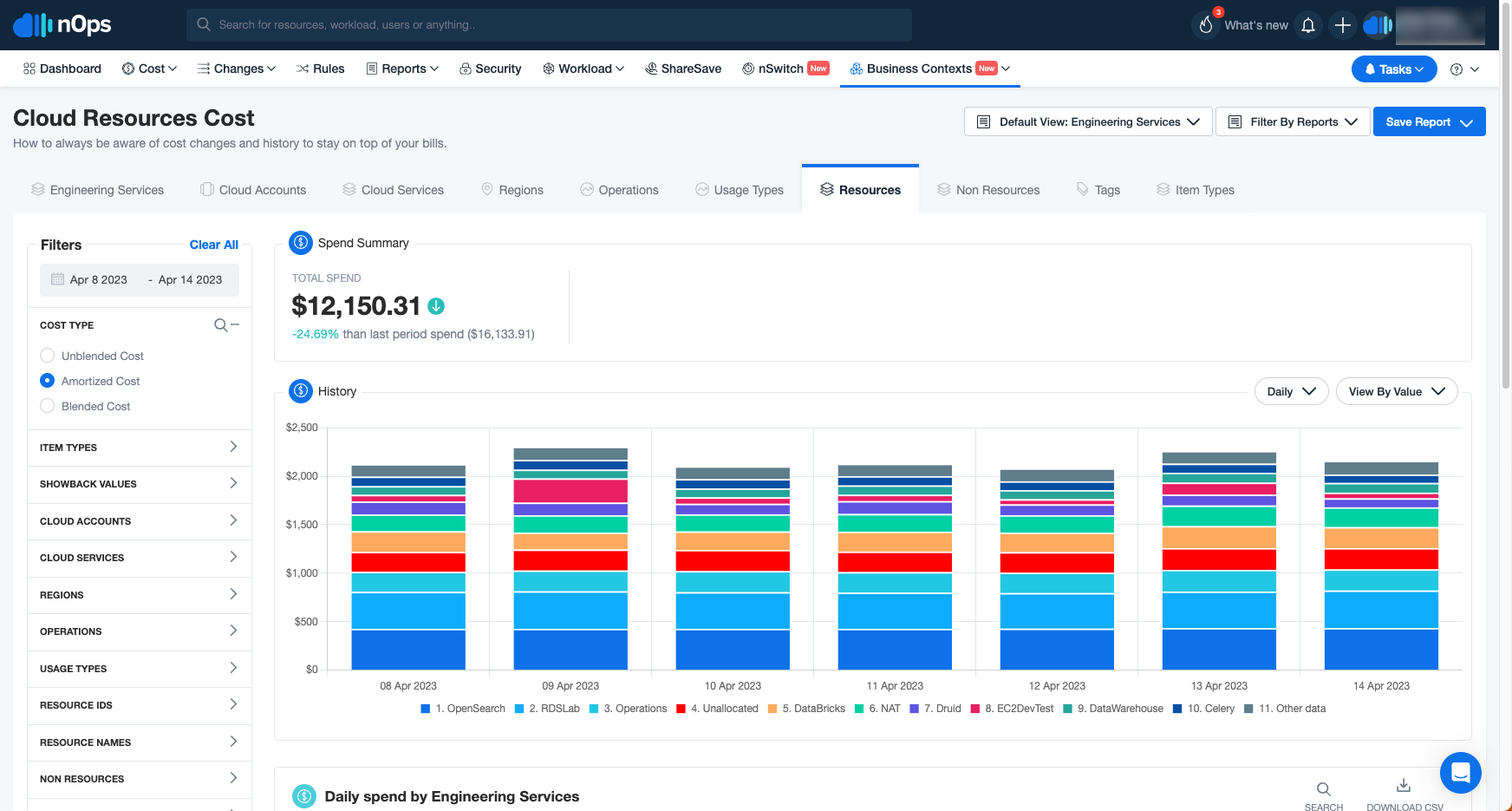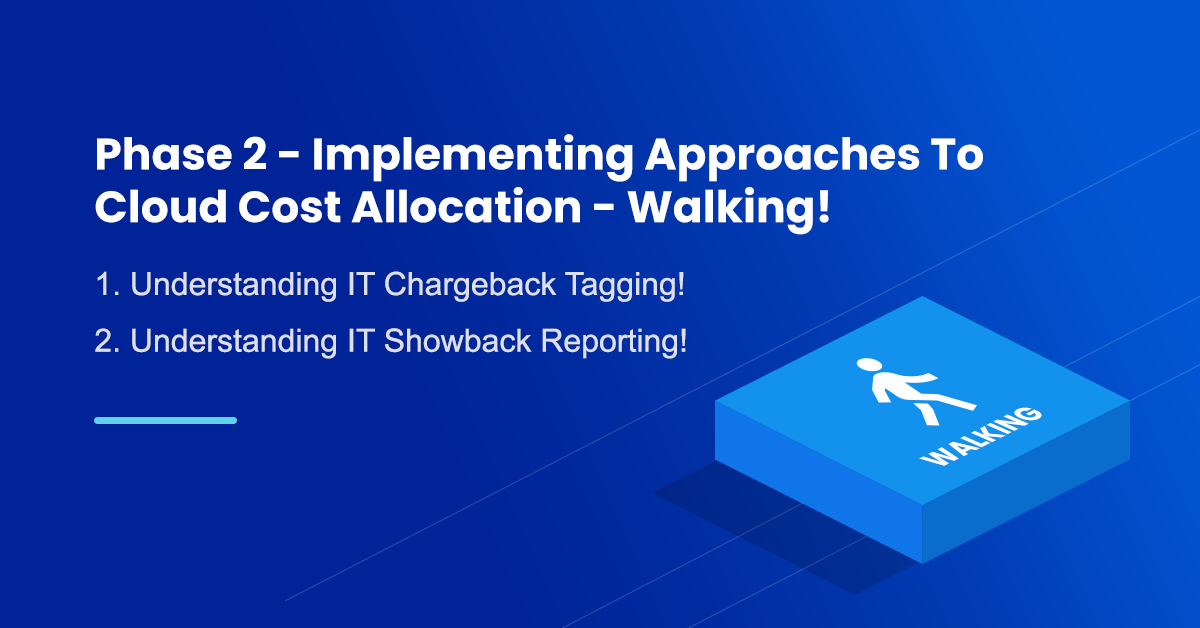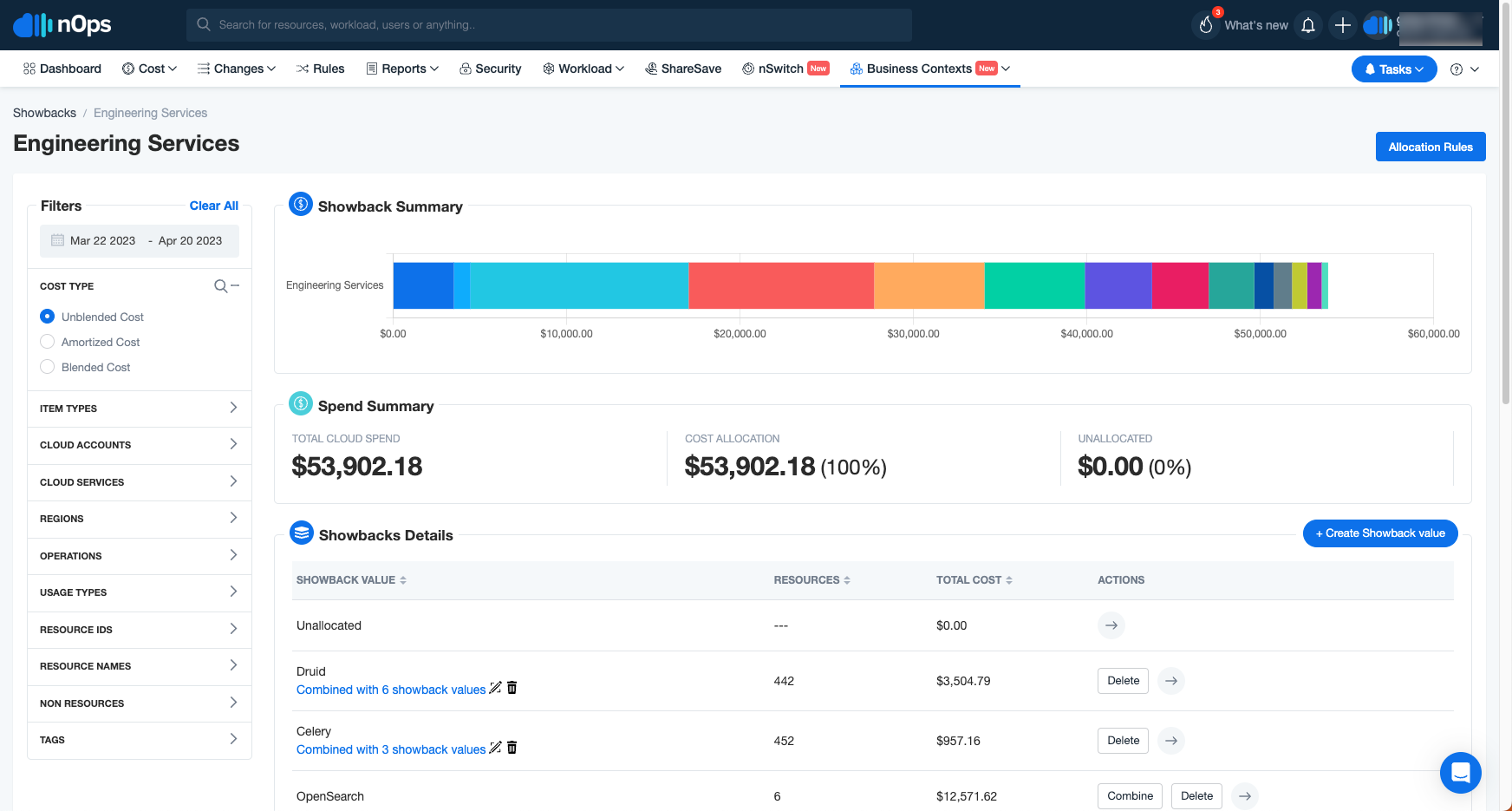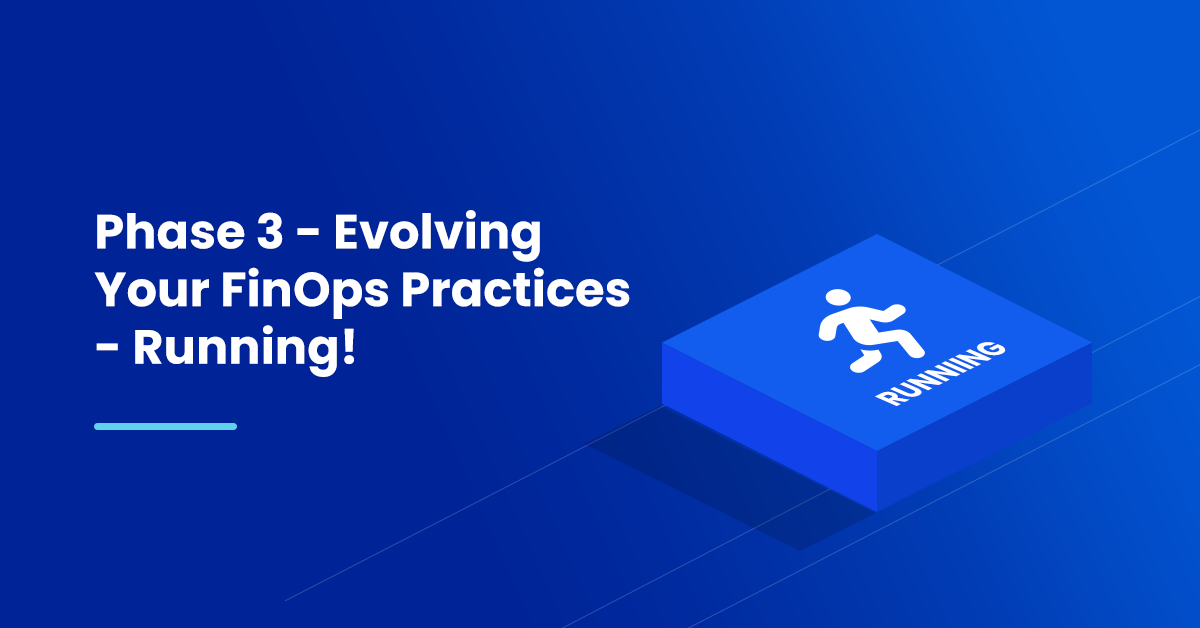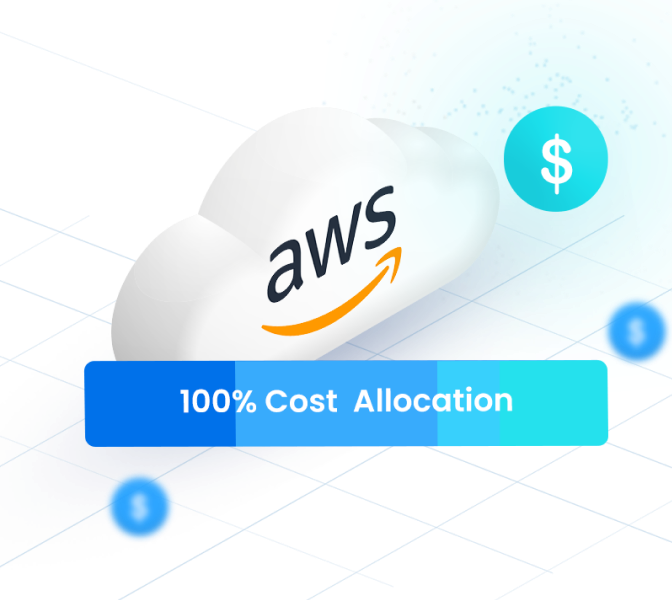- Blog
- Cost Allocation & Reporting
- The Phases Of Understanding, Implementing, And Evolving Your Cloud Cost Allocation
The Phases Of Understanding, Implementing, And Evolving Your Cloud Cost Allocation
Last Updated: June 4, 2024, Cost Allocation & Reporting
Cloud cost allocation is the process of tracking and assigning costs to different departments or business units in an organization. By holding each team accountable for the expenses they incur and giving them insight into their usage of cloud resources, businesses can make informed decisions about their cloud spending.
This blog will explore the phases of understanding, implementing, and evolving your cloud cost allocation strategy. Our discussion will cover best practices, strategies for each phase, and common pitfalls to avoid. Whether you’re new to cloud cost allocation or looking to improve your existing process, this blog will serve as the ultimate guide for your business.
Phase 1 – Understanding The Cloud Environment – Crawling!
The initial phase of cloud cost allocation involves analyzing and understanding the organization’s cloud infrastructure. This phase has been wittily referred to as the crawling stage, where businesses explore the fundamentals of cloud cost allocation and its primary parameters. The main objective of this phase is to gain a comprehensive understanding of cloud cost allocation and how it can be applied to the business’s specific needs.
Understanding AWS Cloud Cost Allocation!
Cloud cost allocation is the process of carefully analyzing and allocating cloud spend across different departments and business units for better visibility and financial responsibility. Implementing cost allocation provides improved accountability, granular reporting, financial transparency, decreased cloud costs, better decision-making, and resource optimization. It helps organizations understand their true costs of running applications and services and make more informed decisions about allocating resources and budgets to each department.
A more comprehensive blog for cloud cost accountability and the corresponding challenges can be explored here: AWS Cloud Cost Allocation: Basics, Benefits, And Challenges!
To fully embrace cloud cost allocation, it’s essential to understand the reasons behind it. This involves exploring cloud cost visibility and accountability. Understanding these concepts is crucial to grasp why cloud cost allocation is being implemented in the first place.
Cloud Cost Visibility: What It Is And How To Achieve It?
Adequate cloud cost visibility and allocation are closely linked, and each relies on the other. Without cloud cost visibility, it is difficult to attribute costs to specific departments or business units accurately, making cost allocation challenging. On the other hand, cloud cost visibility remains incomplete without effective cost allocation, as it fails to provide a complete understanding of how resources are being used.
Cloud cost visibility is the ability to monitor and analyze cloud spending to gain insights into resource usage and identify areas for cost optimization. This visibility is crucial for effective cost allocation, which requires accurate and detailed knowledge of cloud costs to understand where and how resources are being utilized. Organizations implementing effective cost allocation and cloud visibility can achieve better cost optimization, increased accountability, and improved financial transparency.
nOps Dashboard Representing Cloud Cost Visibility Using Business Contexts!
A more comprehensive blog covering cloud cost visibility and how to achieve it can be explored here: Cloud Cost Visibility: What It Is And How To Achieve It?
Understanding Cloud Cost Accountability And Its Importance!
Cloud cost accountability involves assigning responsibility for the cloud costs to specific individuals or teams within an organization and holding them accountable for managing and optimizing these expenses. By assigning ownership for cloud expenses, organizations can better understand how their resources are being used and identify areas where they can reduce costs and optimize their cloud usage.
Improper cloud cost accountability can pose challenges for organizations leading to inaccurate budgeting, inefficient use of resources, and difficulty in identifying cost savings opportunities. However, cost accountability can be challenging, including awareness, tagging strategies, and shared cost allocation.
You can explore the details of cloud cost accountability and its challenges at Cloud Cost Accountability: Importance, Challenges, And Solutions!
Phase 2 – Implementing Approaches To Cloud Cost Allocation – Walking! 
In the second phase of cloud cost allocation, businesses focus on implementing the approaches and best practices to attain optimal usage. This stage is often referred to as the walking stage because organizations begin to take practical steps towards cloud cost allocation, resulting in positive impacts on their bottom line. The main objective of this phase includes understanding Showback and Chargeback to take action toward implementation.
Understanding IT Chargeback Tagging!
Chargeback is a cost allocation strategy that charges internal or external users for their actual usage of IT services like cloud resources. In cloud cost allocation, chargeback ensures that each department or user pays only for what they consume rather than a fixed percentage of the total cost, which may not accurately reflect their usage.
It helps in creating a culture of accountability and encourages cost optimization among their users. When users are aware of the cost of their cloud resource consumption, they are more likely to be mindful of their usage patterns and optimize their usage accordingly. In practice, implementing chargeback for cloud costs involves tracking usage data for each user or department and generating detailed invoices or reports that show the costs associated with each user’s or department’s usage.
Details of Chargeback and its implementation strategies can be explored in Understanding Chargeback Tagging And The Best Practices!
Understanding IT Showback Reporting!
IT showback is a reporting mechanism used to analyze the consumption of cloud resources by different departments or teams within an organization. Showback provides insights into the usage of IT resources and their associated costs, enabling IT departments to identify trends, optimize resource usage, and plan for future capacity needs.
Additionally, naming conventions are crucial in generating detailed Showback reports that accurately reflect resource usage and costs. Companies can benefit significantly from implementing a well-designed naming convention, as it enables IT departments to easily identify and track resources, assign costs to them, and generate reports that reflect usage patterns and cost trends.
nOps Dashboard Representing Showback Allocation Using Business Contexts!
More details into the best practices for Showback reporting can be read in Getting The Most Out Of Your IT Showback Reporting!
Phase 3 – Evolving Your FinOps Practices – Running!
The third and final phase of cloud cost allocation involves improving upon existing practices using cloud cost management tools. This phase is commonly referred to as the running stage because businesses aim to optimize their cloud cost allocation process further. The main objective is to execute better and continuously improve the process by incorporating feedback and making necessary adjustments.
Allocating Cloud Costs Perfectly With nOps Business Contexts!
Understanding cloud spend and manually optimizing it to its fullest potential can be challenging. This is where nOps comes in to provide insights into the essential aspects of cloud cost accountability, including the ‘Who,’ ‘When,’ ‘What,’ and ‘Why’ of cloud usage. With nOps Business Contexts, AWS users can gain access to visual cloud cost reports, enabling them to add business contexts to every dollar they spend. Furthermore, users can easily navigate and filter through the accounts, services, and usage types they want to explore. Overall, nOps is a valuable tool for optimizing cloud spend and improving cost efficiency for businesses.
To explore more blogs in the cloud cost allocation series, you can check out:
- FinOps On nOps: Allocating Every Dollar Of Your AWS Bill!
- Allocating Cloud Costs Perfectly With nOps Business Contexts!
nOps Business Contexts is irreplaceable because it simplifies cloud cost allocation, saving businesses time and resources. It provides a centralized platform for AWS infrastructure management, allowing users to monitor all resources in one place.
Your team focuses on innovation, while nOps runs optimization on auto-pilot to help you track, analyze, and optimize accordingly! Our customers can benefit in two key ways:
- First, pay less for what you use without the financial risk.
- Second, use less by automatically pausing idle resources.
Let us help you save! Sign up for nOps or Book a demo call today.



